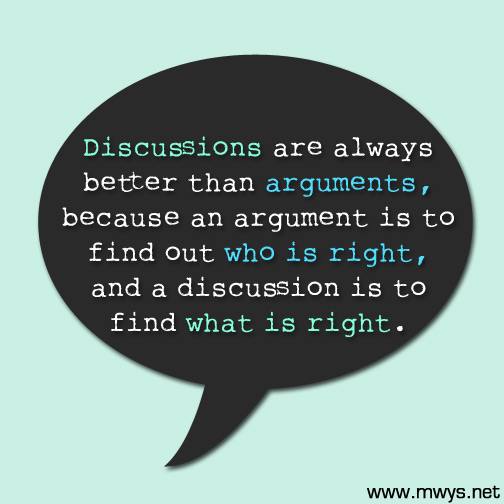A critical part of digital literacy skills for everyone today is the ability to discern what is true and what isn’t. Discerning news validity is especially crucial in this age when photos and videos can be faked so easily. Here are some resources to help students develop these skills.
Media Bias Chart
Start off your discussion with students by having them examine this chart showing how potentially biased common news sources are. Ask them to discuss the following:
- What might influence a news media to take one side over another?
- What are the potential dangers of a biased news media?
- Are there any patterns to bias in the chart?
TED-Ed
TED-Ed has released an excellent lesson plan and video entitled “Can You Spot the Problem with These Headlines?” The lesson is aimed at secondary students and includes a five-minute video. Once the students have viewed the video (perhaps in small groups), they then think about what was presented by answering five multiple choice and three open answer questions. They are then encouraged to dive deeper into the topic by exploring provided resources. Finally, there is a guided discussion for them to take part in.
A second video lesson that fits this topic is “This One Weird Trick Will Help You Spot Clickbait.” For other resources to help students (and adults) learn about clickbait, check out this blog.
Checkology
In the free plan, Checkology offers access to four foundational Checkology news literacy lessons for one-to-many delivery. Each of the modules is comprised of between 20 and 47 instructional video clips and interactive comprehension checks. As students move through the content, it becomes progressively more difficult. A free teacher account is required to access the materials.
Factitious
Factitious is an online, game-based, free activity designed specifically for students. There are six different articles for them to read through. Once they read one, they click the source listed at the bottom and then select either the green check mark or red X to indicate if the article is a real news story or not. Once a students responds, they get instant feedback and an explanation of how they can tell if the article was a real or fake news story. The articles start out easy and move to the hard level. No account is required unless students want to have their scores saved.
Discussions, Not Arguments
One of the big ideas that we need to help students grasp is the importance of having healthy discussions, and not arguments, about current events and issues. This is best done by actually having discussions on somewhat controversial topics in the classroom, with the teacher acting as “referee” to help students distinguish when their discussion becomes too argumentative.

graphic © eminentlyquotable.com
Additional News Validity Resources
You can find 15 more resources for helping students develop strong news literacy skills here.

